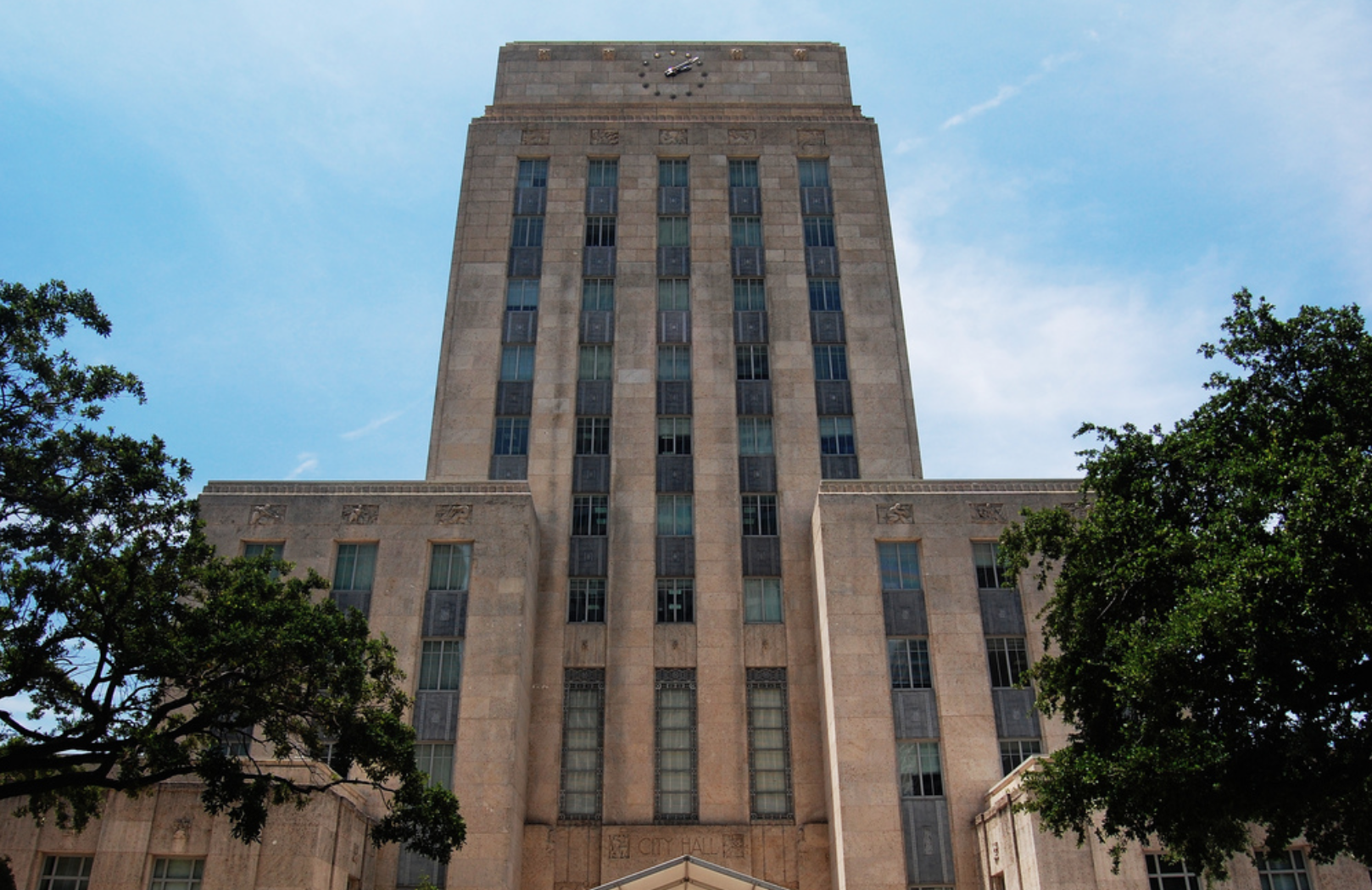Title Page
More than 1,700 Confederate symbols remain in public spaces, SPLC reports. Montgomery Advertiser.
Introduction
Bright, low-income kids are missing out on advanced classes. This bill would force a change. Charlotte Observer.
The unequal treatment during the six years ending in 2015 resulted in 9,000 low-income children in North Carolina being kept out of classes that could have opened a new academic world to them.
These high-potential, low-income students are less likely to take high school math in middle school, an important step toward the type of transcript that will open college doors. Only 1 of every 2 low-income third-graders who scored above grade level in 2010 took high school math in middle school, compared with 3 of 4 more-affluent students with the same scores.
Executive Summary
The City of Houston released its plan for $1.15 billion in housing recovery funding Thursday, after a series of public meetings. Following a public comment period through June 21, the draft plan will need to be approved by the City Council before heading to the U.S. Department of Housing and Urban Development for approval.
"According to estimates, no other area in the country has experienced this level of devastation from flooding and the cost associated with the impact of these disasters is at an extraordinary scale not experienced before," the draft plan states, assessing the impact of not just Hurricane Harvey but several other recent flood events.
The city estimates that there is some $5.7 billion in unmet housing needs alone, representing 55 percent of the total unmet need, which includes infrastructural and other needs. For renters, the bulk of that need comes from people earning 80 percent of the area median income or below, according to the plan. In fact, households making 30 percent or below of the area median income represent 37 percent of the overall unmet needs. That looked a little different for owner-occupied units, of which 46 percent of the unmet need came from households earning above 80 percent of the area median income.
"At least 70 percent of the funds, which come from HUD, must benefit families making no more than 80 percent of the area's median household income, or about $60,000 for a family of four," Mike Morris reported in the Houston Chronicle.
The plan is required to specifically address unmet needs, but according to the plan itself, that shouldn't be too hard; "The entire City of Houston is located in areas HUD identified as “most impacted and distressed”. Therefore, 100 percent of funds spent in Houston will address the unmet needs of the most impacted and distressed areas in Texas."
In total, some $606 million will go toward single-family homes, with $385 million for homeowner assistance for things like repairs and reconstruction, $200 million for single-family construction for low- and moderate-income homebuyers and $21 million for homebuyer assistance. In contrast, multi-family properties would receive around $375 million, with $315 million for the multi-family rental program that will rehab old properties, purchase new land for multi-family development and construct new multi-family housing and $60 million for the small rental program to help rebuild properties with one to seven units.
Other items in the draft plan include $40 million for buyouts, $60 million for public services, $30 million for economic revitalization and $43 million for both planning and housing administration.
Housing advocates have been skeptical of the city's allocations after it was found to have violated civil rights laws by blocking the construction of low-income housing in mostly white neighborhoods. After the city reached a resolution with HUD, advocates continued to push back, filing a complaint against HUD for what it said was a failure "to require Houston to conform its conduct to civil rights laws, including with respect to the placement of affordable housing."
Conclusion
Where exactly is the South? That's the question Matt Shipman posed for the Bitter Southerner and it's a reliable starting point for a debate. Shipman found that as he moved further south, the boundaries seemed to continue to evolve. "As far as I can tell, the natives of every Southern state think the state immediately north of them on the map is not far enough south to be part of the South. There are, of course, exceptions. Most folks seem to agree that the farther south you go in Florida, the farther you get from the South," writes Shipman. Some have used slavery as a way to demarcate the South, but here too there are issues. "For instance," he writes, "Delaware was a slave state that didn’t vote to ratify the 13th Amendment until 1901, but few would consider Delaware a Southern state."
He doesn't quite settle the debate, instead, he suggests, "the more I think about it, the more I believe the South might best be described as the place where the residents argue that they are Southerners."
Endnotes
More bus routes = more riders https://t.co/ss5OZNpBCX pic.twitter.com/AVwpyIq9TI
— CityLab (@CityLab) June 4, 2018

